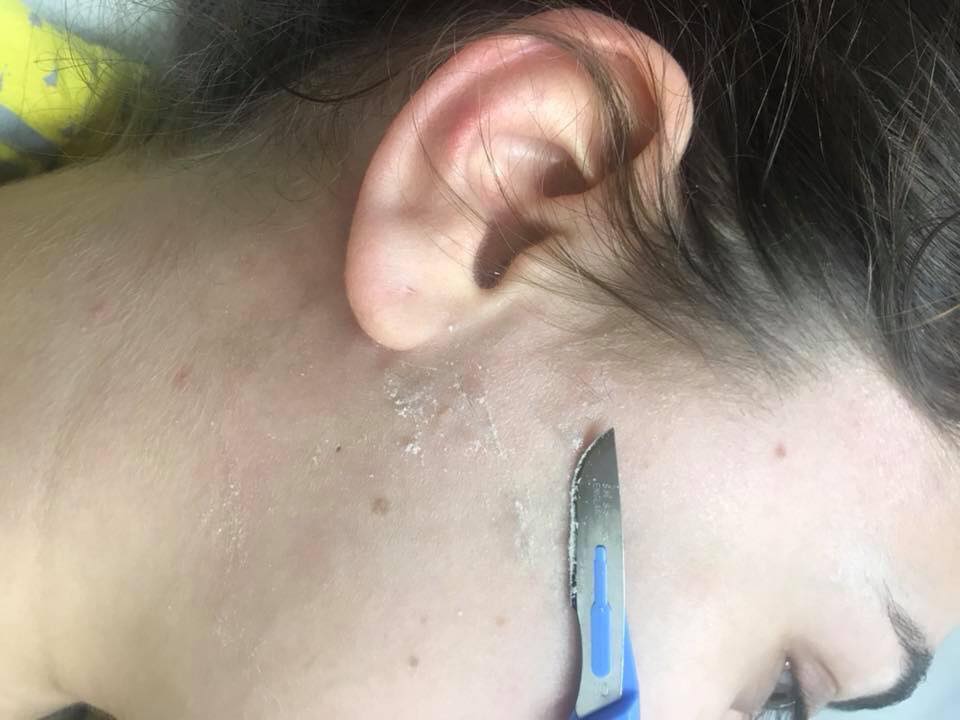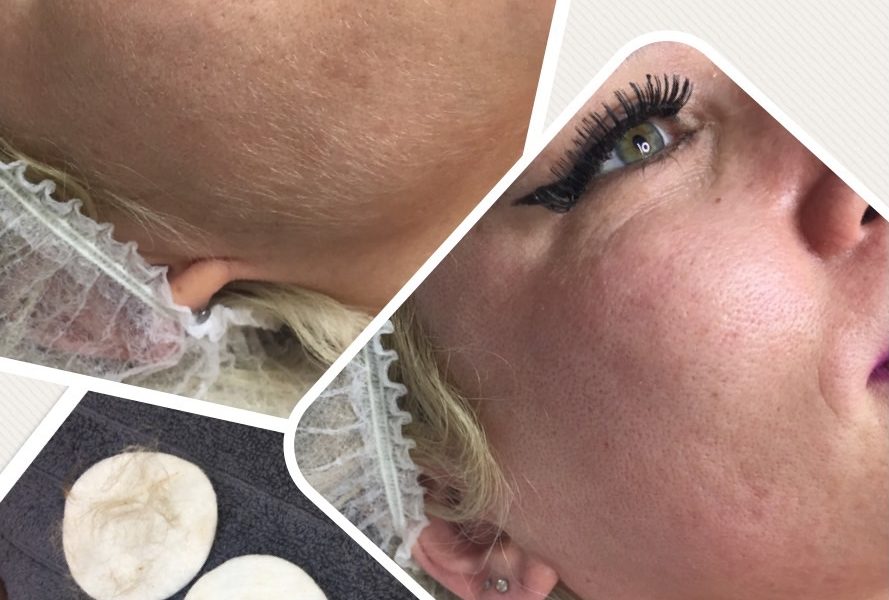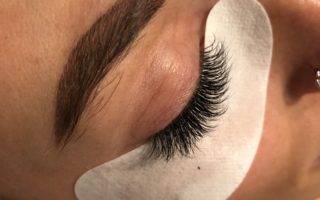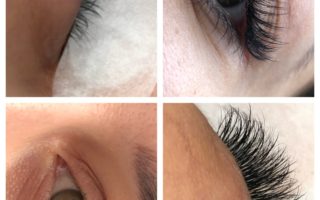Dermaplaning is a method of exfoliation that consists of using a 10 gauge scalpel to gently scrape off the top layer of dulling dead skin cells in order to reveal a smoother, brighter complexion.
Sounds scary, right? It really isn’t, it is actually a very relaxing treatment.
Dermaplaning is a favourite in the entertainment industry, specifically among models and actresses.
Why? It also eliminates that annoying peach fuzz that cakes up in makeup and can be enhanced by harsh production lighting and high-definition cameras.
Dermaplaning removes all the dead skin cells and also the facial hair, leaving the surface very smooth, Dermaplaning also allows for greater penetration of skincare products and creates a flawless canvas for makeup to glide on smoothly.

Dermaplaning is recommended for all skin types except those with acneic skin. If you have deep cystic acne, wait until breakouts are clear before trying this treatment. As always, also discuss any allergies or skin sensitivities before starting a treatment.
The treatment takes 45 minutes to an hour and consists of a double cleanse of the skin to remove all make-up, oils etc from your skin. Your skin is then held taut with one hand, and hold a sterile 10 gauge blade at a 45 degree angle in the other hand and use short, swift strokes to scrape off dead skin cells and peach fuzz.
The standard dermaplane will then be finished with AG regenerative serum and moisturiser if needed.
There are no side effects and zero downtime. After the treatment, your skin will be highly sensitive to sun exposure and may already look very pink, so be sure to wear a broad-spectrum sunscreen with SPF 30 or higher.
Dermaplaning removes 21 days worth of dead skin cells, so it’s best to allow the skin to complete its rejuvenation cycle before your next treatment, but you can also go longer between appointments, most repeat the dermaplaning treatment every 4-6 weeks.




